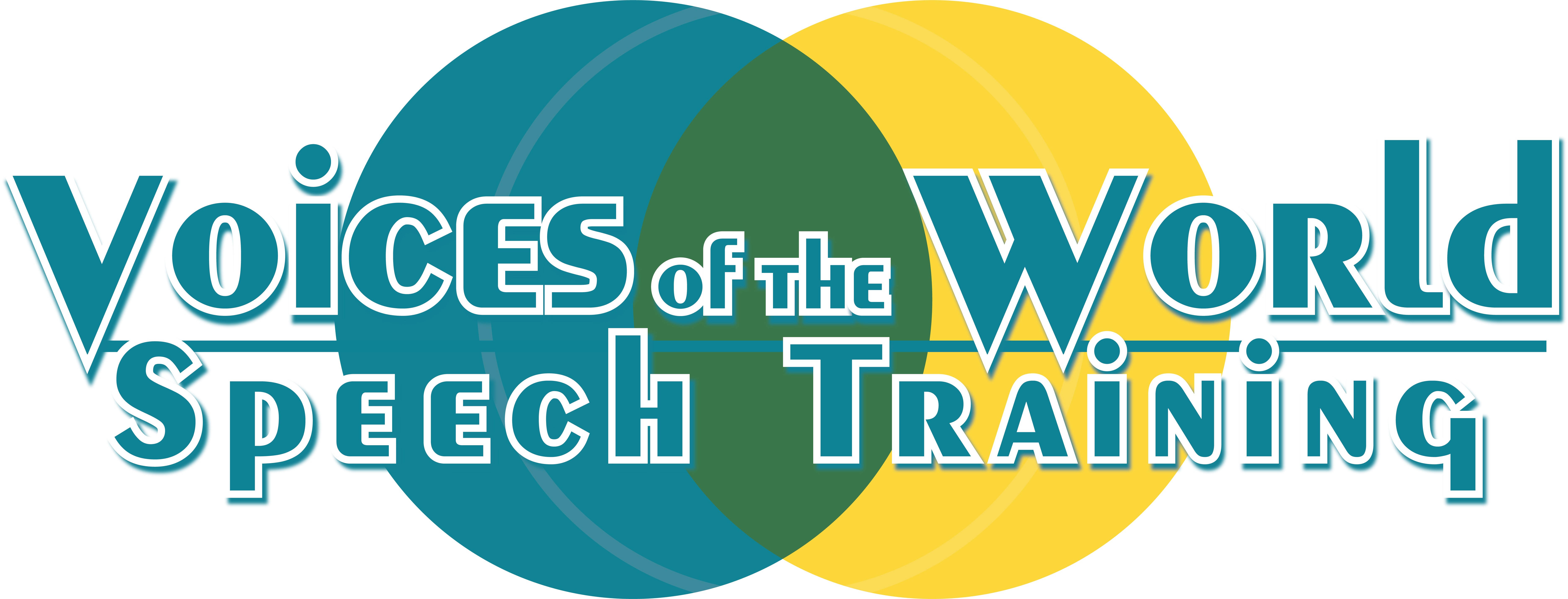
15 Aug Dispelling the Myth of Long and Short Vowels
It seems pretty basic. Some vowels are long, some vowels are short. But is this really the case?
In the pronunciation classes I teach, my first order of business is to take the words “long” and “short” and dump them in the figurative trash can.
The essential element of a vowel is NOT the length. In fact, this misconception gets in the way of students learning how to produce American English vowels correctly.
There are three essential elements:
- Position of the tongue and lips
- Tension of the tongue
- Movement (or non-movement) of the tongue and lips
Position
High, low. Front, back. Where you place your tongue in your mouth will affect which vowel sound you produce. When producing the “ea” sound in the word “seat,” your tongue should be very high, pressing up on the roof of the mouth. If you drop your tongue slightly lower, you will produce the “i” sound as in the word “sit.”
Tension
Did you know that your tongue is composed of muscles? Think of your hand. You can clench your hand into a fist, or you can let your fingers relax. In the same way, your tongue can be tense or relaxed.
Think of the “ea” sound in the word “seat.” This is a tense vowel. Your tongue should feel tight. If your tongue is too relaxed, the vowel will start to sound like the “i” in the word “sit.”
Movement
All tense vowels in American English have a slight glide. This gliding movement is part of what contributes to the perception of the sound’s length (though the actual length does not matter).
In sounds like the “oa” in “goat” and the “oo” in “food,” the glide is made by rounding the lips. In sounds like the “ea” in seat” and the “ay” in “say,” the glide is made by sliding the tongue on the roof of the mouth. The glide is much less prominent in the “ea” sound.
Length
Think about the “ea” sound again. Here are the essential elements:
- Tongue is high, pushing up on roof of mouth. Lips are not needed for this sound.
- Tongue is tense.
- Tongue glides slightly on the roof of the mouth.
If you do all of these things, the sound that results will be “ea” as in “seat.” You can hold this sound out for as long as you’d like, and it will still be “ea.” You can produce this sound very quickly, and it will still be “ea.” The length of the sound makes no difference in which vowel we hear.
In Closing
There you have it. Position, tension, and movement. These are the things that make vowels what they are.
About the Author: Jane Rupp is a speech therapist who provides accent reduction services as well as language, communication, and speech trainingin Austin, Texas (Skype services are also available).
